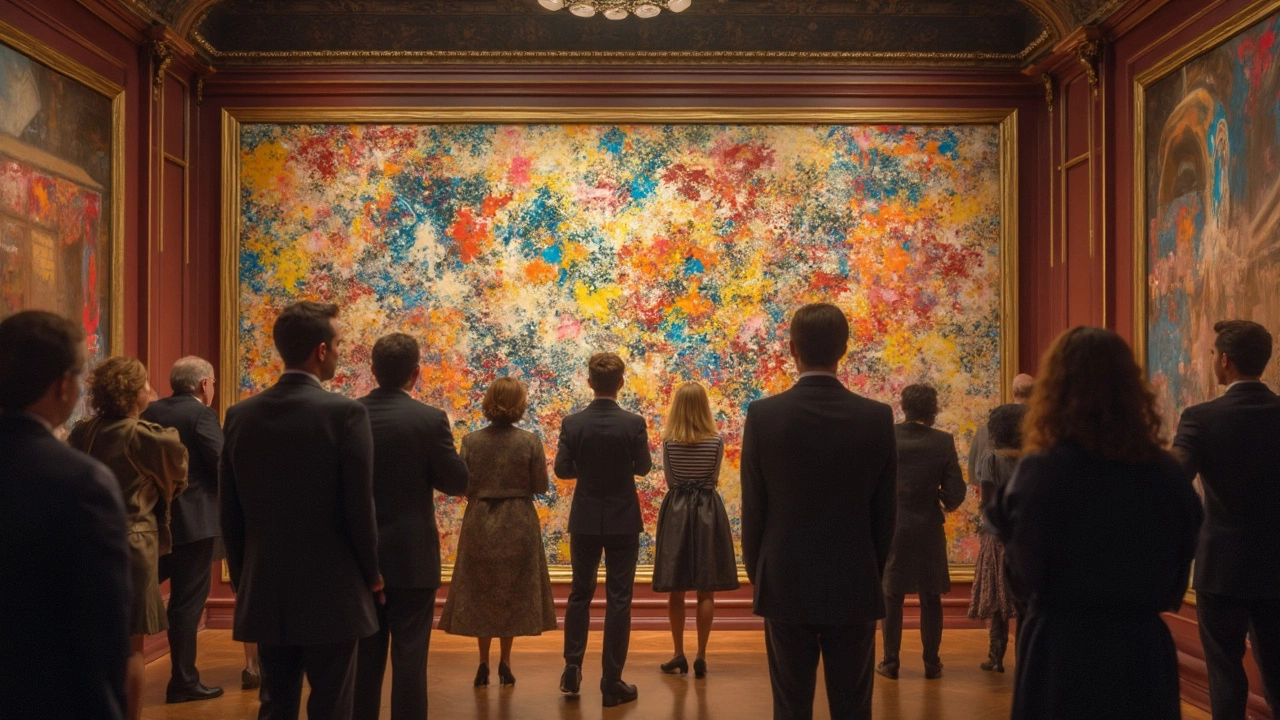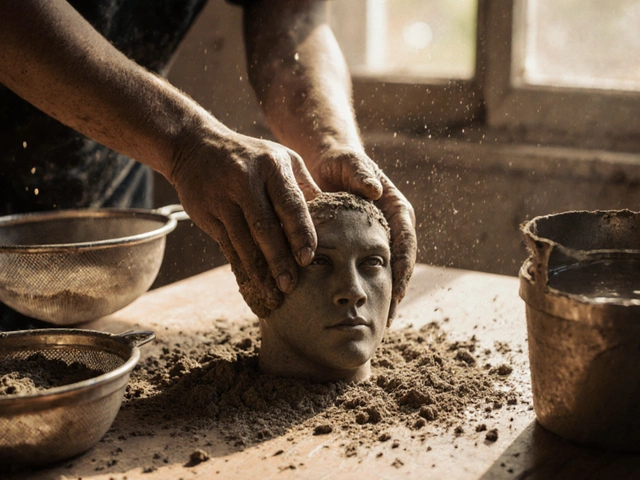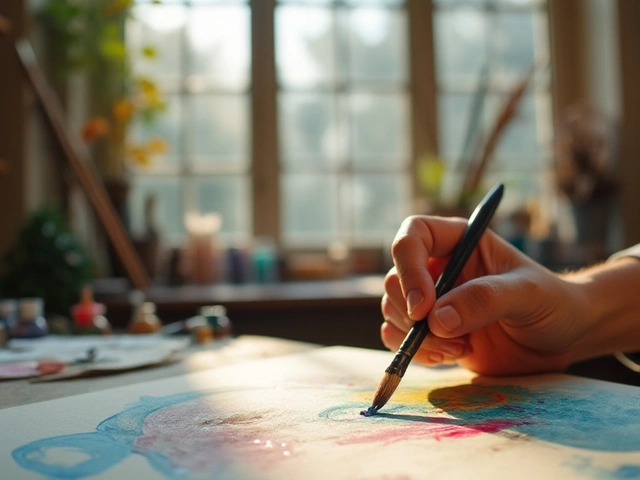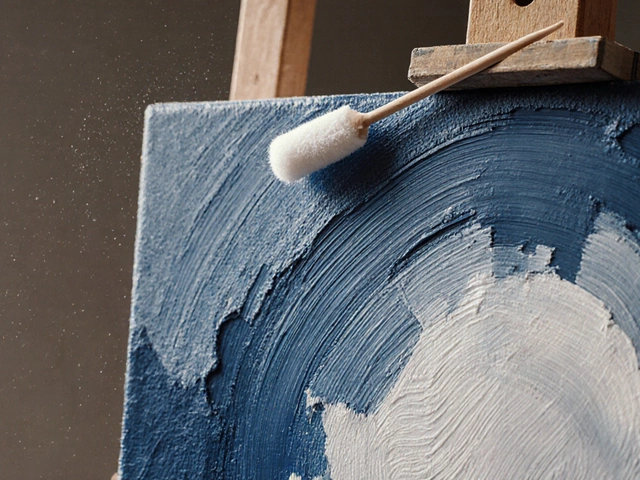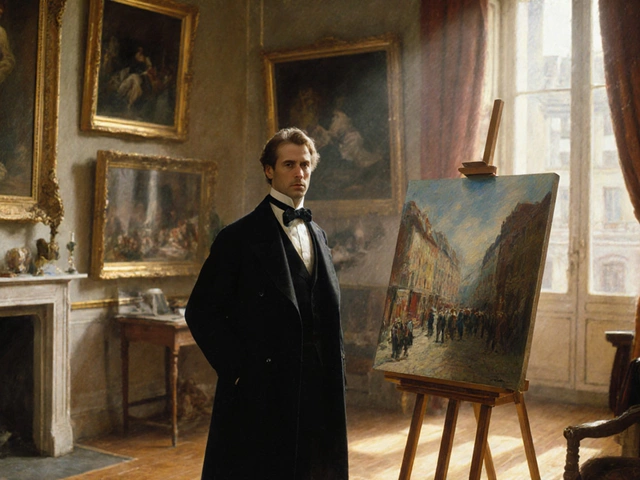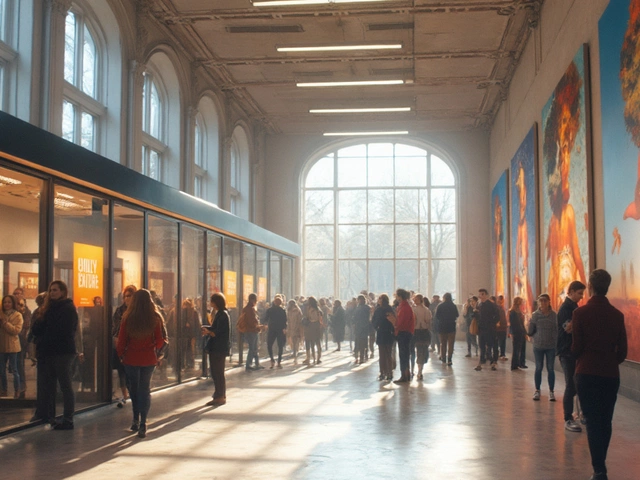Ever stood in front of an abstract painting and thought, 'What am I looking at?' You're not alone—this is exactly what makes abstract art so intriguing! Its power lies in its ability to evoke emotions without clear-cut visuals. It's like a puzzle for our feelings.
One of the coolest things about abstract art is how it invites you to interpret it in your own unique way. Nothing's set in stone. You see a swirl of colors? Someone else might see a memory or a dream. This lack of concrete imagery allows for personal interpretation, and there's something pretty special about that freedom.
Plus, abstract art can be a great way to flex your imaginative muscles. Think about it—when there's no definitive story or picture, your mind fills in the gaps, creating personal narratives. It's like your own little adventure through the canvas.
Speaking of freedom, abstract art really lets the artist's creativity soar. There's no right or wrong, just expression. This liberating art form breaks the chains of conventional boundaries, showcasing that art isn't always about what's being painted, but what it makes you feel.
- The Emotional Pull of Abstract Art
- Interpreting the Unseen
- Personal Narratives and Imagination
- The Freedom in Creativity
The Emotional Pull of Abstract Art
A lot of folks can't help but be drawn to abstract art because it hits you right in the feels, without using any recognizable forms. But how does it manage to do that? Well, it's all about the emotions it can stir up.
Art appreciation in the abstract realm doesn't rely on seeing trees, faces, or buildings. Instead, it taps into colors, shapes, and textures that trigger personal memories or emotions. Did you know that certain colors can directly affect our mood? Warm colors like red and orange can create feelings of warmth or excitement, while blues and greens often bring calmness and relaxation.
Unlocking Personal Reactions
The beauty here is the individual experience. When you see an abstract piece, your brain tries to make sense of it based on past experiences. If a splash of blue evokes the sea, maybe you remember a beach trip. This is why everyone seems to have a unique take on a single piece.
Research even shows that our brains are hardwired to look for patterns and meaning. This drive keeps our minds engaged when viewing abstract art, even if we can't quite put our finger on why it's so intriguing.
Color and Emotion
Colors play a significant role in this emotional dance with art. According to a study published in Frontiers in Psychology, color intensity can heighten the emotional impact of an artwork. Intense colors may evoke more substantial responses compared to softer hues.
| Color | Common Emotion |
|---|---|
| Red | Passion |
| Blue | Calmness |
| Yellow | Joy |
Overall, abstract art breaks down barriers and lets you feel art more than see it. The emotional experience is what makes people flock to galleries and exhibitions worldwide, seeking that mysterious connection only abstract art provides.
Interpreting the Unseen
Trying to make sense of abstract art can feel like trying to read a secret code, but instead of instructions, it’s all about emotions and personal insights. You might wonder, why aren’t things just clear and direct?
The beauty in abstract art lies in its open-ended nature. There's no one 'right' way to view it, which is pretty liberating if you think about it. You get to decide what it means to you, pulling from your own experiences and emotions.
Unleashing the Imagination
Abstract art is a playground for the imagination. Without a clear image, your brain fills the gaps with whatever resonates with you. It's kind of like looking at clouds and seeing shapes and patterns that aren't really there, yet make perfect sense to you.
Each Viewer, A Different Story
What's wild is that two people can stand in front of the same piece and walk away with totally different interpretations. One might see chaos, another beauty. This happens because everyone carries a different set of memories and emotions to the viewing experience.
The Psychological Angle
Interestingly, studies, like one from the University of Leeds, have shown that our brains look for familiar patterns and meaning in randomness. Abstract art taps into this cognitive behavior, challenging us but also enticing us to seek out order in its apparent disorder.
So, when you're staring at a piece of abstract art, remember: it’s not about figuring it out perfectly, but rather about connecting with what you see on a personal level. That's the unseen magic of abstract art, offering you an experience that's uniquely yours.
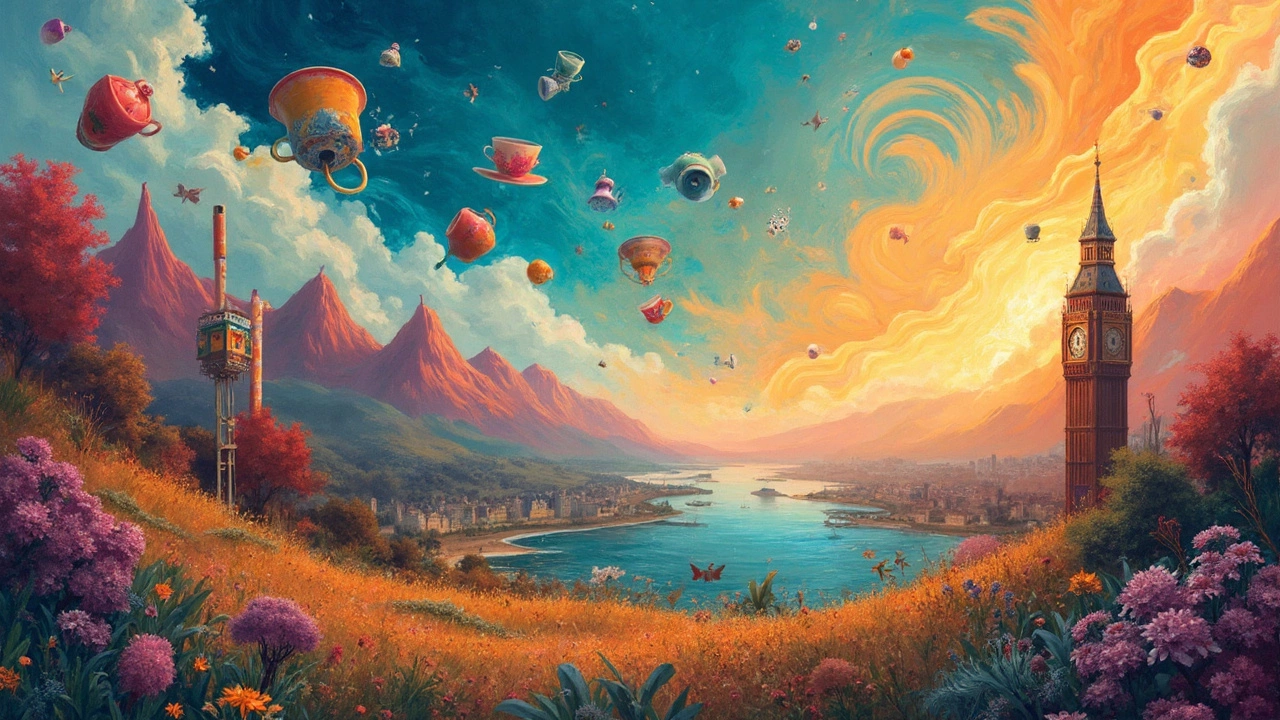
Personal Narratives and Imagination
Why do so many people find themselves drawn into the world of abstract art without even knowing why? A big part of it is how it gives everyone the chance to craft their own stories. Abstract art acts as a blank slate for your mind—you get to project your thoughts and experiences onto it.
Imagine this: A simple series of blue and green splashes might remind someone of a peaceful beach vacation, while another person sees a turbulent ocean storm. Cool, right? These individual interpretations create personal narratives, and it’s one reason why art appreciation varies from one person to another.
Role of Imagination in Viewing Art
Our brains are wired to find patterns and make sense of stuff, even where there's none, thanks to something called pareidolia. This little quirk is often at play when viewing abstract art. As we engage, our imagination kicks in, allowing us to see images or stories that aren’t actually there. It's like playing a game where the rules are made up as you go along.
Encouraging kids to interact with abstract art can supercharge their imagination and creativity. Families can turn visits to art galleries into storytelling sessions! What does this painting look like to them? Is it a dragon’s cave or a superhero’s playground?
The Emotional Connection
Abstract art isn’t just a playground for the mind; it’s a canvas for emotions too. When you look at an abstract piece, the colors, shapes, and textures can resonate with your feelings. Say, a bright splash of red could spark excitement or passion, depending on the personal context.
There’s even research suggesting that exposure to abstract art can boost creative thinking and problem-solving skills. In one study, college students exposed to abstract artwork reported higher levels of inspiration and creativity in their tasks.
In the end, the beauty of abstract art lies in its openness. By encouraging personal narratives and sparking the imagination, it hands the viewer a brush to paint their own emotional pictures. Talk about art being interactive!
The Freedom in Creativity
When it comes to abstract art, creativity knows no limits. This type of art loosens the traditional rules that often tie down artists to representational forms. It's like running free in an open field compared to staying on a well-trodden path.
One big fact about abstract art is that it was born from a need to explore beyond the realistic perspectives that dominated earlier art forms. In the early 20th century, pioneers like Wassily Kandinsky and Piet Mondrian decided to break away from the usual and began painting what they felt rather than what they saw. Their works opened the door for artists to explore new dimensions of expressive freedom.
Instead of focusing on replicating the visible world, abstract art shifts the artist's focus to elements like color, form, and line. Take for example, the color field paintings by Mark Rothko, which utilize big blocks of color to evoke emotion rather than depict a scene. It's all about the play between hues and shapes to express an artist's unique vision.
Why Artists Love It
Creativity through abstraction allows artists to tackle themes that might be difficult to express otherwise. Imagine trying to paint an emotion like 'anxiety' or 'joy' in a realistic way. Abstract art gives artists the tools to express feelings directly, bypassing the need for identifiable symbols or objects.
- Artistic Freedom: Allows for endless exploration of concepts beyond physical forms.
- Emotive Expression: An outlet for artists to communicate deep, complex emotions.
- Innovation: Encourages the development of new techniques and art forms.
Now here's a surprising stat for you: a recent survey by Art Basel showed that around 40% of new collectors are more interested in contemporary forms, including abstract pieces, than traditional art. This trend isn't just about individual expression; it's reshaping art markets around the world.
Final thought? Abstract art is all about freedom. Whether you're an artist or viewer, it challenges you to think outside the box. This liberation is what continues to attract people from all walks of life, turning art into a truly personal experience.
